For centuries, humans have been using many of the world’s rivers as sewers. Ironically, those rivers most negatively affected by pollution are the backbone and primary source of income for new urban communities and industrial hubs.
Water pollution may be caused by various factors, many of which can be traced back to human activity. These factors include landfills, deforestation, agricultural pesticides, and sewage.
In this piece, we will explore the ten most polluted rivers and the primary contributors to what we can only describe as an environmental catastrophe on a continental scale.
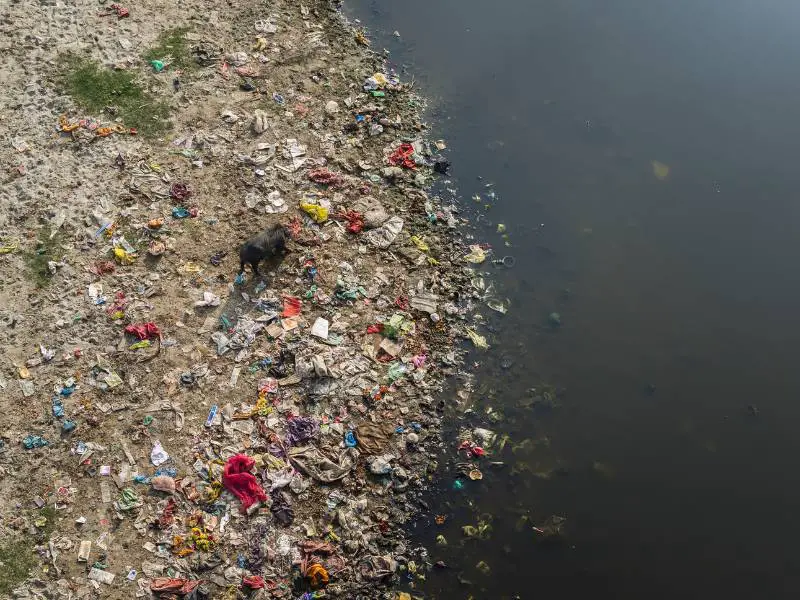
10 Most Polluted Rivers On The Planet
While rivers come in all shapes and sizes, they serve as critical sources of drinking water and plant and animal life sustenance. Unfortunately, many rivers worldwide are polluted with toxic waste and other forms of pollution.
1. Yangtze River
The Yangtze River is the third longest river in the world and the longest in Asia. The Yangtze River basin is home to over 400 million people and spans 11 provincial-level administrative regions, including Qinghai, Tibet, Sichuan, Yunnan, Chongqing, Hubei, Hunan, Jiangxi, Anhui, Jiangsu, and Shanghai.
The Yangtze River has been heavily polluted for decades because of industrial waste and sewage from cities along its path, which has led to dangerous levels of contamination. A 2007 report by China’s Ministry of Environmental Protection (MEP) found that the main stem of the Yangtze River had levels of contamination that were 10 times higher than is permitted under national standards.
The Yangtze River Delta is the world’s largest industrial zone, with thousands of factories and plants. While this has contributed to regional industrial development, the factories often release toxic wastewater into the Yangtze River.
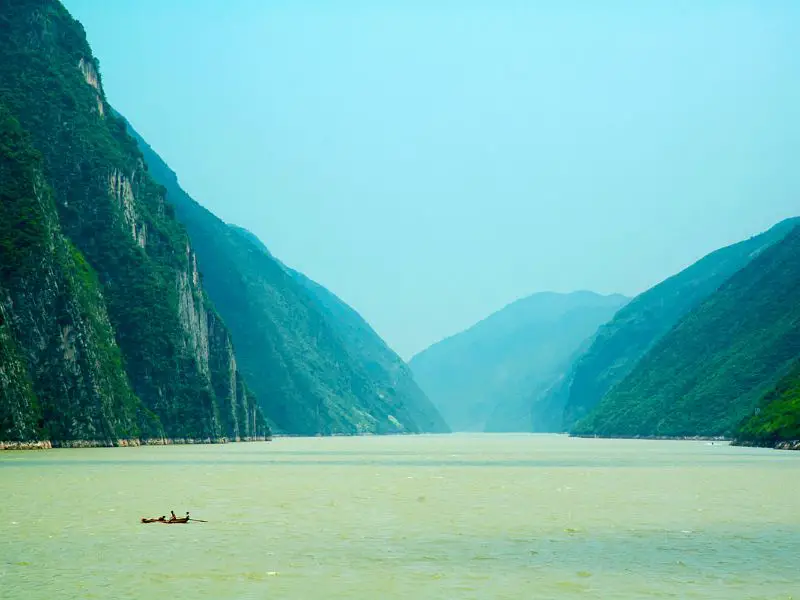
2. Ganges River
The Ganges River flows for 2,525 miles through India and Bangladesh and is the world’s longest river in India. Hinduism and Buddhism consider the Ganges River to be a sacred place. The Ganges River flows through cities such as Patna and Varanasi.
The Ganges River basin is home to 650 million people and is densely populated. The river is heavily polluted because of industrial waste and sewage from cities along its way, with many cities discharging untreated wastewater into the river.
The Ganges River Delta is also home to hundreds of industrial zones and factories. The Ganges accumulates more than a billion gallons of garbage daily, three-quarters of which is raw sewage and residential waste, with the rest being industrial discharge.
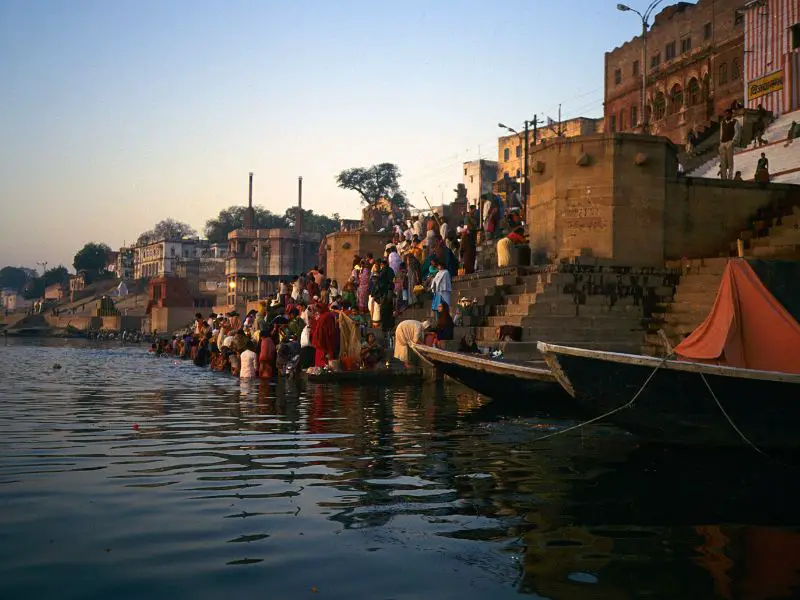
3. Yellow River
The Yellow River is the world’s fourth-longest river in China and the fifth-longest river in Asia. Over 600 million people live in the Yellow River basin. The river flows through cities such as Luoyang and Zhengzhou along the way.
The Yellow River has been heavily polluted because of industrial waste and untreated sewage from cities along its way, with many discharging industrial waste into the river.
The Yellow River, also known as the “River of Sorrow,” is widely regarded as one of the world’s most challenging and destructive rivers. Since historians kept the first records in 602 B.C., the river has altered its path 26 times and caused 1,500 floods, responsible for millions of deaths. The significant quantity of silt produced directly from soil erosion lies at the heart of these catastrophes.
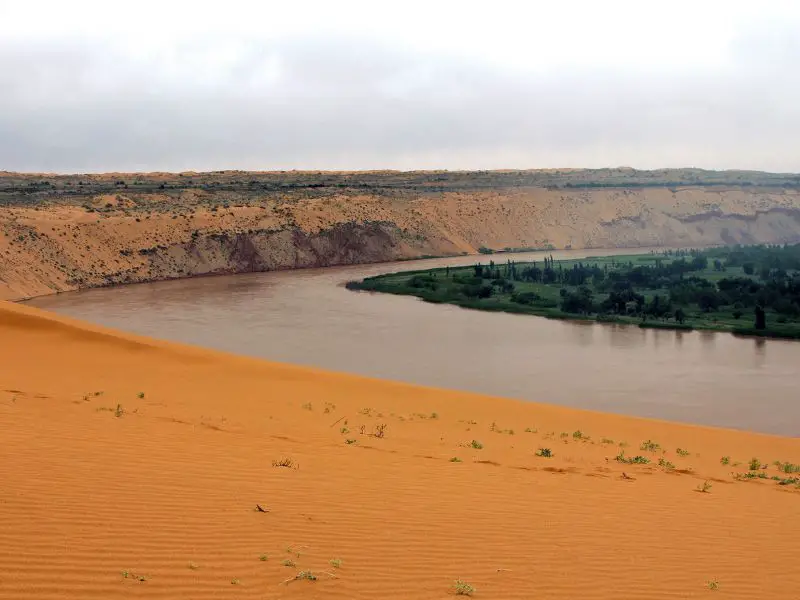
4. Sarno River
The Sarno, or to Romans Sarnus, is the longest river in Italy and flows for 257 miles through the country’s Liguria region. The city of La Spezia is situated on the Sarno River and is the largest riverport in Italy.
Italy’s cities and towns dumping their waste into it cause most of the pollution. La Spezia is the most polluted city in the world and is responsible for over 500 million tons of mismanaged waste being dumped into the river annually.
The river’s poor water quality has caused many environmental and human health issues. It’s also causing a decline in biodiversity and is leading to the disappearance of many aquatic species.
Related: Threats to Biodiversity, 7 Top Hotspots in Biodiversity
5. Buringanga River
The Burinanga River is Bangladesh’s biggest and primary economic resource. The river flows out past the outskirts of Dhaka, Bangladesh’s capital and most important city.
According to Ainun Nishat, a prominent environmental specialist, much of the Buriganga has been destroyed by land-grabbers and industries that pour untreated waste into the river.
The banks of the Buriganga are home to hundreds of tanneries, many of which are significant contributors to the river’s pollution. The government has taken steps to move the tanneries outside of the capital city and has also asked that those living illegally along the river leave the area.
6. Niger River
The Niger River is one of the longest rivers in the world. It runs through 10 African countries: Niger, Guinea, Cote de Ivoire, Mali, Burkina Faso, Algeria, Benin, Chad, Cameroon, and Nigeria. While the river runs through many urban areas, its waters get heavily polluted. This river is one of the most polluted rivers in the world.
The Niger River is home to millions of people relying on its water for everyday needs. Because it’s heavily polluted with chemicals from agricultural runoff and untreated sewage, many people suffer from skin diseases and other health problems.
Oil and hydrocarbons have badly contaminated the river since the late 1950s because it has been the site of substantial polluting activities of the oil industry. Between 1976 and 2001, there were over 7,000 oil leak events, and the majority of the oil was never cleaned. In 2012, around 2 million barrels (320,000 cubic meters) of oil were extracted daily from the delta. In addition to destroying aquatic and agricultural ecosystems, this process has severely degraded the groundwater and soil.
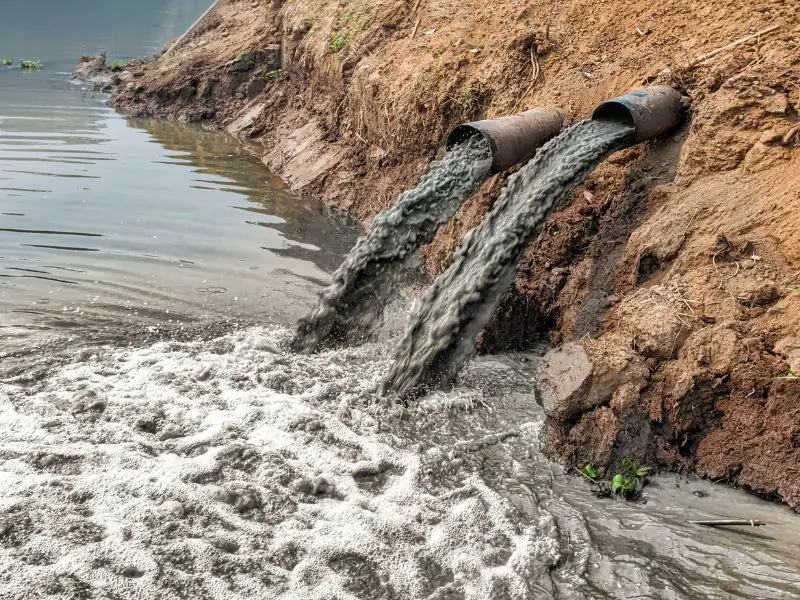
7. Nile River
The Nile River is considered the second-longest river in the world. The river is an essential waterway for 11 countries in Africa, and it is also the world’s longest river system. Sadly, the Nile River is also one of the most polluted rivers in the world, affecting the environment negatively.
In Egypt, when someone is reported sick with bacterial diarrhea, typhoid fever, and schistosomiasis, all diseases in connection with poor sanitation, it is evident that the attention must move to one source: the Nile.
Aside from excessive water extraction from the Nile for agriculture, rising saltwater intrusion in coastal regions and a drop in the supply of fresh water in the delta region are causing a loss of biodiversity.
8. Marilao River
The Marilao River in the Philippines runs through the province of Bulacan and empties into Manila Bay. Tanneries, textile manufacturers, pig farms, gold refineries, and municipal landfills are the main ones responsible for this river’s pollution.
Since 1989, the Marilao River has been biologically dead. It is the second-largest tributary of Pasig River to Manila Bay and was the source of nearly a third of the organic materials entering the country’s capital’s natural harbor. Several governments have tried to revive the Marilao River, but efforts have so far failed.
9. Mississippi River
The Mississippi River is considered the second-longest river in North America. The river drains portions of eight U.S. states and two Canadian provinces in the United States. The river flows through cities such as New Orleans and St. Louis along the way.
The mighty Mississippi River is often known as the Big Muddy because its waters are commonly brown due to silt. But, the Big Muddy is home to much more than just mud; it is sometimes touted as the Colon of America. In addition to sewage, agricultural waste represents the most harmful pollution in the river.
10. Matanza-Riachuelo River
The Matanza-Riachuelo River (MRR), located in the Buenos Aires Province of central-eastern Argentina, is nicknamed the Slaughterhouse River because slaughterhouses and tanneries line its banks and, tragically, dump their waste into the river, polluting this narrow waterway with variety of toxic chemicals, weighty metals such as arsenic, chromium, mercury, zinc, lead, and copper.
It’s no surprise that the Matanza-Riachuelo River is named the top polluting river in the world due to its incredibly high pollution levels. As the river flows through a city like Buenos Aires, it’s unsurprising that an incredible amount of waste is also dumped into it.
In 1993, President Carlos Menem proposed spending $250 million to fix the river, but only $1 million was invested to remove waste from the river. Tragically, a significant portion of this money was given to other projects or corrupted by politicians. As of today, the MRR remains one of the world’s most polluted rivers.
Author’s Note
Regrettably, most rivers, which could be used for various beneficial purposes, are polluted and degraded due mainly to unregulated human activity. Several attempts have been made on a global scale to reduce the amount of pollution-related harm to rivers. Most of them have failed or not produced the anticipated effects.
However, there is still cause for optimism so long as governments and the general public demonstrate sensitivity toward these vital freshwater resources that are some of the most important ecosystems of our planet.

